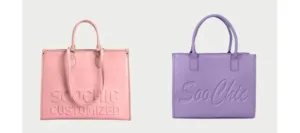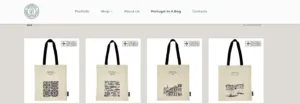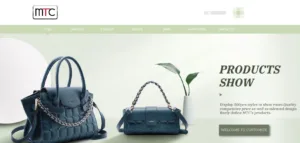In today’s highly competitive travel bag market, consumers are no longer satisfied with just durability and functionality. They want travel bags that combine practical design with modern aesthetics, making color one of the most decisive factors in purchase decisions. A leather travel bag is not just a storage solution—it is also a fashion statement that reflects personality and lifestyle.
Yet, many designers still focus primarily on structure, compartments, and material strength, while often overlooking the power of a well-planned color strategy. This gap can limit a brand’s appeal and reduce its ability to stand out in a crowded marketplace. After all, choosing the right color palette is just as important as selecting the right type of leather or zipper.
This article will explore why every designer needs a Leather Travel Bag Color Card Strategy—showing how it can enhance brand consistency, capture buyer attention, and streamline manufacturing. From customized leather travel bag colors wholesale to understanding global preferences in leather travel bag color manufacturing locations, and even experimenting with unique aesthetics like a woven leather travel bag color pattern, a strong strategy ensures your travel bag collection remains both timeless and competitive.
Contents
What Is a Leather Travel Bag Color Card?
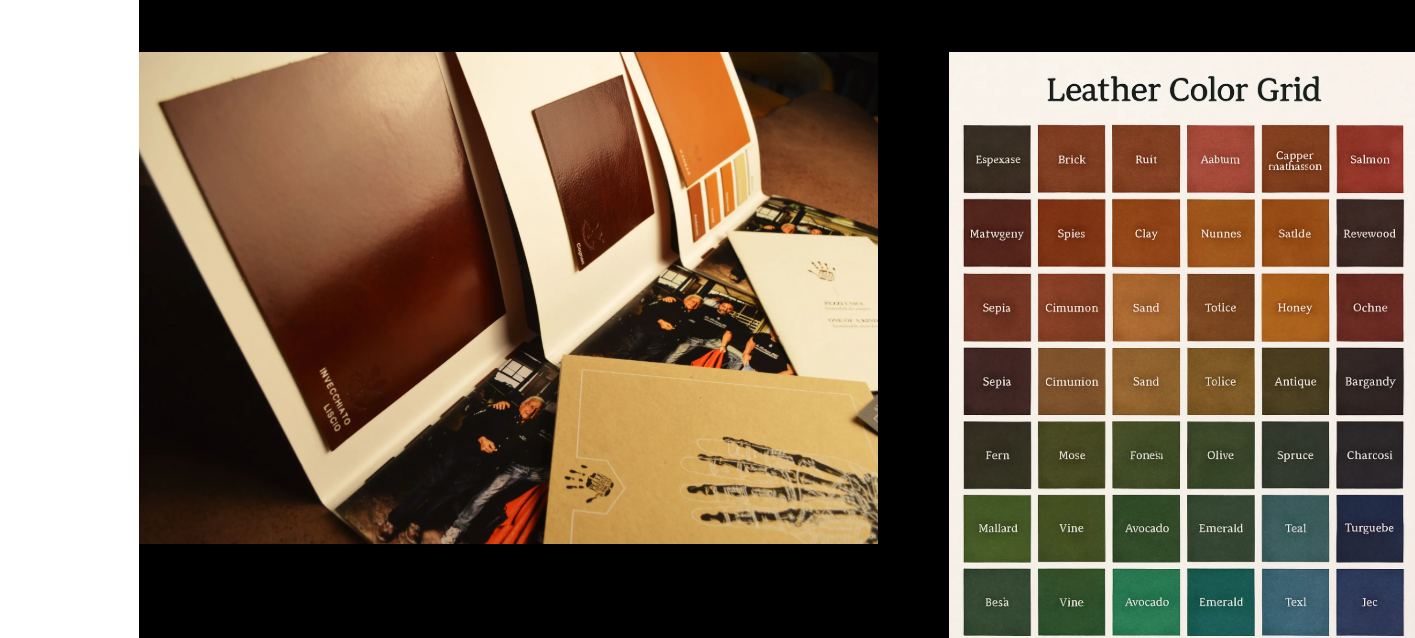
In the premium travel bag industry, color is far more than a matter of aesthetics—it directly influences brand identity, market appeal, and production accuracy. A Leather Travel Bag Color Card is a professional tool used by designers and manufacturers to standardize and manage the color palette for travel bag collections, ensuring consistency across all materials and finished products.
1. Professional Definition and Components:
-
Leather Shades: Covers top-grain, corrected-grain, and specially treated leathers. Designers can choose from classic neutrals to seasonal trends. Questions often arise, such as are leather travel bags in specific colors made in Vietnam, highlighting the need to track production locations for each color.
-
Hardware Finish: Includes zippers, buckles, metal rings, and other accessories, ensuring their tone complements the leather shade.
-
Lining and Stitching: Colors of internal fabrics and thread must harmonize with the exterior for a cohesive look.
-
Functional Coatings: Protective layers like waterproofing or scratch-resistant finishes affect the final visual outcome.
-
Special Pattern Colors: Incorporates woven patterns bag, embossed designs, or limited-edition palettes, which can differentiate a brand in the market.
2. Differences from Regular Color Cards:
-
Emphasizes durability: Travel bags face heavy wear, friction, and sunlight exposure, so colors are selected to remain consistent under real-world conditions.
-
Focuses on travel bag scenario adaptability: Colors must appeal to business travelers, leisure users, or versatile lifestyles.
-
Each color is tested across leather, coatings, and hardware to ensure production consistency.
3. Common Usage in OEM/ODM Collaborations:
-
Physical Sample Books: Allow designers to approve leather, hardware, and lining combinations before bulk production.
-
Digital Color Sheets: Facilitate communication between brands and factories, particularly for remote production.
-
Supports the evaluation of consumer goods company leather travel bag color options, enabling brands to select colors that match market demand.
-
Works with manufacturers in different locations, including Russian leather travel bag colors for regional markets and leather travel bag color manufacturers in China, to maintain standardization and reduce errors.
Why Designers Need a Color Card Strategy for Travel Bags

In today’s competitive travel bag market, color is more than a visual choice—it directly influences consumer perception, brand recognition, and sales performance. Designers who overlook a strategic approach to color risk creating collections that feel disjointed or fail to stand out. Implementing a well-structured color card strategy ensures that every bag not only meets functional and aesthetic standards but also reinforces the brand’s identity across all styles and markets.
1. Brand Identity
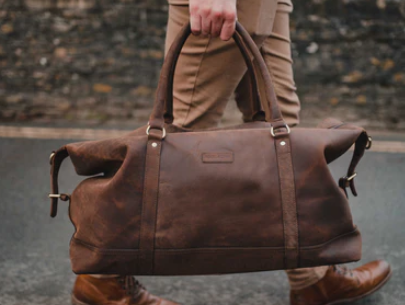
Colors are the cornerstone of a travel bag collection, shaping both consistency and brand recognition. A well-planned color card ensures that every bag in a series—from leather bag shades to lining and stitching—reflects the brand’s aesthetic DNA. By maintaining a cohesive palette, designers create visual harmony across multiple styles, while introducing unique or signature colors allows the brand to stand out in competitive markets and reinforce its distinct identity.
2. Consumer Appeal
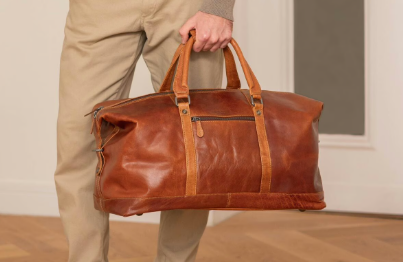
Travelers often choose classic tones like black, brown, or navy, yet introducing bright accents or limited-edition colors can drive attention.
-
Targeted preferences: Certain markets favor neutrals for business travel, while leisure travelers enjoy vibrant or seasonal shades.
-
Custom options: Offering customized leather travel bag colors wholesale allows brands to meet niche demands.
-
Emotional impact: Colors help convey lifestyle and functionality, influencing purchase decisions.
3. Manufacturing Accuracy
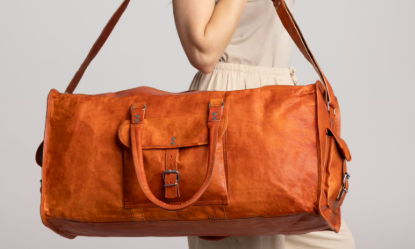
A well-defined color card prevents discrepancies between samples and final products, ensuring smooth production by guaranteeing color standardization across multiple batches and materials.
It reduces costly reworks caused by misinterpreted shades and facilitates coordination with leather travel bag color manufacturers in China, while also confirming feasibility for markets using Russian leather travel bag colors, ensuring consistency and quality across all production locations.
4. Market Adaptability
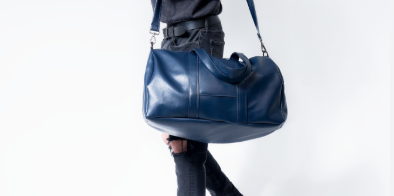
Different regions have varying color preferences. A strategic color card allows designers to tailor collections without compromising brand identity.
-
Regional insights: Understand which shades appeal in Europe, Asia, North America, or when leather travel bags in specific colors are made in Vietnam.
-
Trend responsiveness: Quickly introduce new colors according to seasonal trends.
-
Inventory planning: Optimize production by aligning color offerings with market demand.
How to Develop and Apply a Leather Travel Bag Color Card

Developing a leather travel bag color card is a critical step that bridges design, manufacturing, and market success. A structured approach ensures your collection remains consistent, meets consumer expectations, and is efficiently produced across multiple factories. By following these steps, designers can create a color strategy that supports brand identity, reflects market trends, and aligns with the leather travel bag color meaning and styles favored by consumers.
Step 1: Research Trends
Start by analyzing color trends from sources like Pantone, WGSN, and reports on travel market preferences. Observing the palettes used by the best Japanese leather travel bag color brands can provide insights into timeless and seasonal choices. For instance, muted earth tones and classic neutrals are consistently popular among premium brands. Tracking these trends allows designers to introduce seasonal colors that align with consumer demand while keeping core colors timeless.
Step 2: Align with Brand DNA
Core brand colors must remain consistent to maintain identity. For example, a luxury travel bag line may retain black, navy, and cognac as foundational shades while introducing 2–3 seasonal accent colors. This balance ensures brand recognition while allowing for experimentation with new tones or patterns. Understanding the leather bag meaning and styles associated with each color helps designers convey the right brand message to different market segments.
Step 3: Coordinate with Suppliers and Factories
Once colors are finalized, communicate exact specifications with leather suppliers and factories. This includes leather type, finish, dye lot, and hardware color. Using a professional leather travel bag color manufacturer ensures that selected shades are accurately reproduced across production batches. Many brands require at least two rounds of physical sample approvals to guarantee consistency before mass production.
Step 4: Create Physical Color Card Samples
A tangible color card containing leather swatches, lining fabrics, stitching threads, and hardware finishes allows buyers and internal teams to make informed decisions. Wholesale clients can preview customized leather travel bag colors before placing bulk orders. Physical color cards also prevent misunderstandings between designers and manufacturers, ensuring every detail—from subtle tones to accent colors—is precisely executed.
Step 5: Iterate and Update Regularly
A color card is a living document. Leading brands update it seasonally, introducing 2–3 new colors per quarter based on market feedback, sales trends, and evolving consumer preferences. This approach supports experimentation with innovative concepts, like a woven leather travel bag color pattern, without compromising brand consistency or production quality.
Conclusion
A well-executed Leather Travel Bag Color Card Strategy is essential for any brand looking to strengthen its identity, enhance market competitiveness, and ensure manufacturing precision. By thoughtfully selecting and standardizing colors, designers can create collections that resonate with consumers, maintain consistency across multiple product lines, and simplify production across global factories.
Partnering with a professional leather travel bag manufacturer allows brands to develop a custom leather travel bag color card tailored to their collection, ensuring every bag reflects the desired style and quality. For businesses seeking reliable production and design support, working with a wholesale leather travel bag supplier like Sunteam can provide access to the best leather travel bag colors for brands, combining trend insights with manufacturing expertise.


